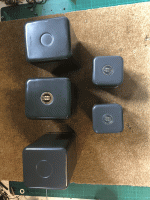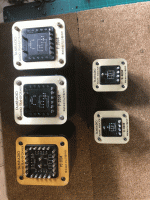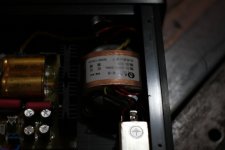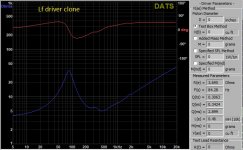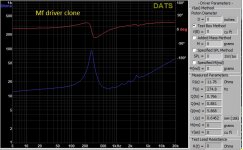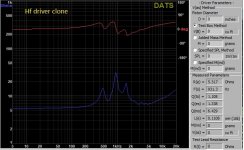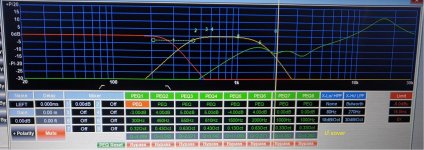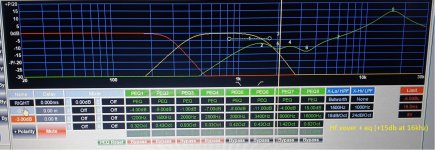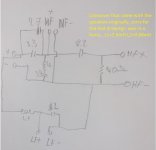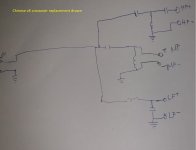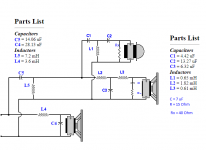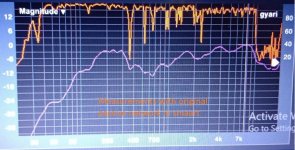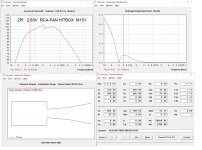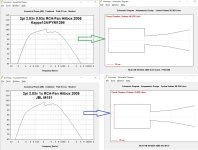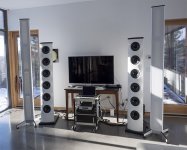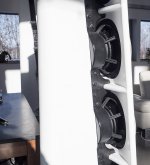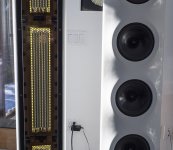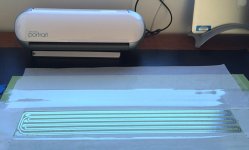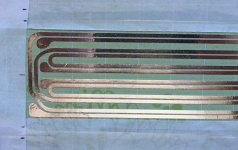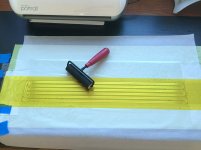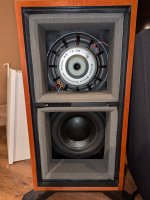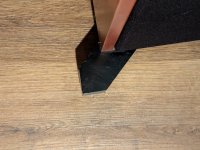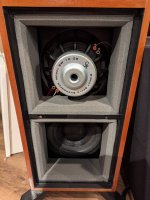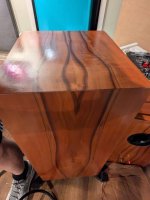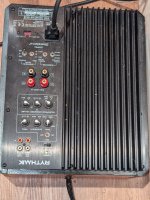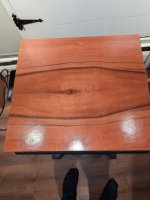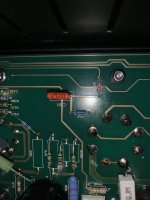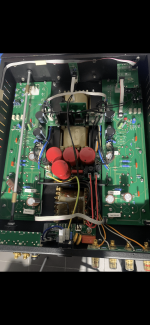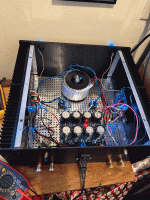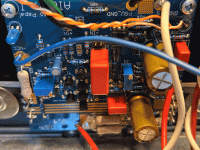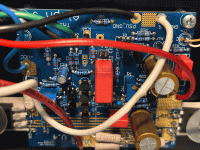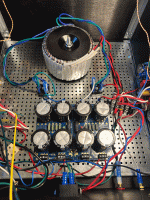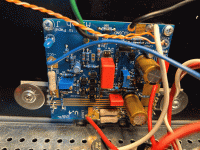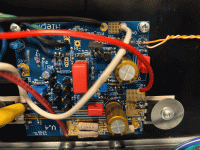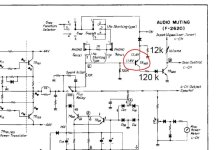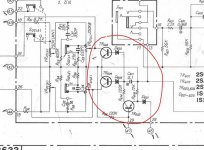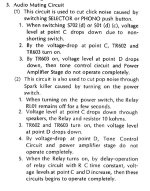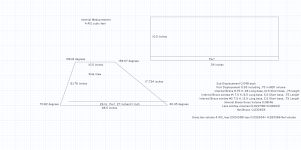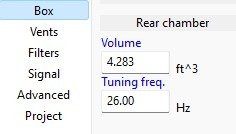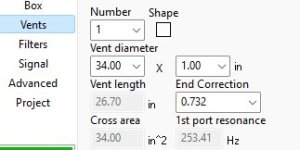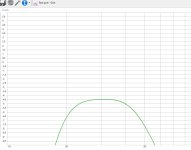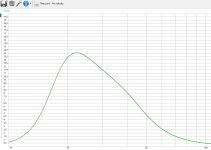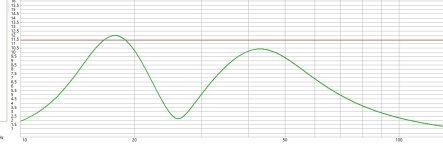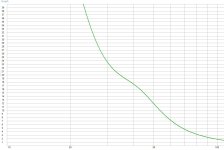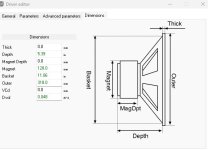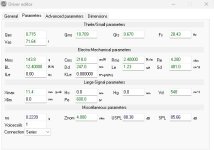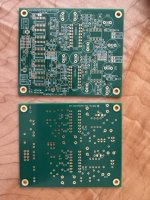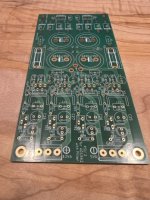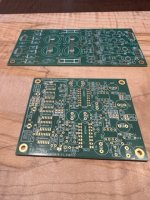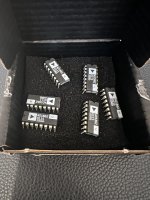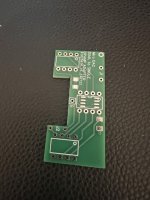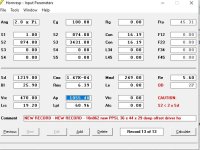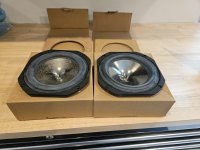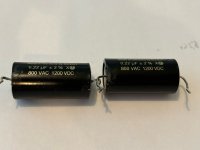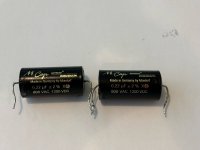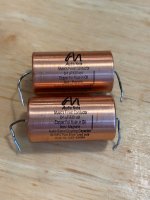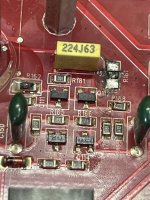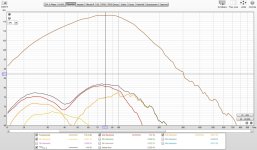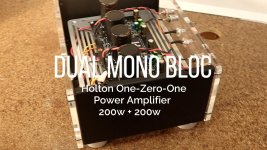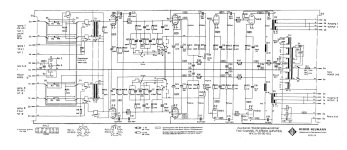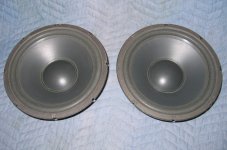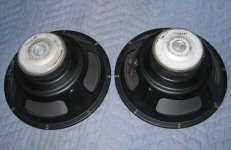The Person:
Hi to you, my new masters!
I've had an interest in HiFi for a lot of years, but the money have been prioritized elsewhere.
Not new to electronics in general and have a basic understanding in how all this works.
This is my first tear down however, and attempt to repair an amplifier so I need someone to hold my hand through this.
I'm from Sweden and lives in Gothenburg, which can be good to know when recommending components.
The Problem:
My NAD C372 have been in my possession for its last 7 years.
When I bought it it made a low noise, like tearing cloth slowly, when cold.
After like 5 minutes it was completely gone.
Now it never goes away. Always there, lurking in the silence.
The Mission:
I hope to get some guidance not only to fix this amp, but to upgrade it too.
Budget is hard to say when I don´t know what to change and to what yet, but let's say 150€-200€.
I´ll try to take pictures on things as I go, not only to make it easier for others to follow but because it's a lot more fun to read posts with pictures in them.
With a good help from you this can serve as a guide for future DIYers, with my lack of skill it can serve as a warning.
Let's hit it and see how it turns out!
We'll start with the Main Board and the PSU. Later on I want to have a look at the Amplifier boards.
My first approach was to open it up and look for leaking or bulging caps.
I found a lot of brown gunk around 4 bigger caps (bulk caps for rail B and C: C734, C735, C748, C749).
Since the noise is in both channels, the PSU seems like a plausible source of the noise in my noob head.
This is where it all started. Sourcing caps and info on what kind of caps I needed, aka opening Pandoras box...
I had a lot of problem with the small footprints and the 105C rating. The C372 is known for running hot so no 85C for me please.
Most HiFi-caps were too big since rail B and C clearly was designed by some engineer sharing closet with his wife,
while the main rail A was designed by previous mentioned wife.
After 3 days and 2 nights without sleep I ordered the best I've found:
2 x Vishay 2200uf 50V 105C with 7,5mm pitch (part# 2222 048 61222)
2 x Nippon Chemi-Con 1000uf 160V 105C with 10mm pitch (part# EKMQ161VSN102MP40S)
Cost: 20€
This is where I couldn´t help myself. I took another look into that box and soon realized that it's more fun to upgrade something than to repair it.
Invest money instead of just spending it so to speak.
I have no idea if these caps will solve my problem since it could be more bad caps.
I've also learned that not all caps bulge when they're bad, and that the brown stuff might be glue.
My idea here is to change most/all of the electrolyte caps (all branded Jinghai) to newer and better ones since they're all old.
(Are Jinghai good btw? In the computer world Chinese caps are not that welcome...)
We'll take a break here for some questions before looking at what to do with the main rail.
Any idea if I'm on the right path to solve the main issue, or do you think it´s something else?
Is it a good idea to spend money on upgrades, or should I first try to fix it first to be sure if it´s worth it?
Do I need to change other caps than the electrolytes, or does the film-types age better?
Should I change the film-types anyway for better sound?
Piggyback small somewhat high-end caps to cheaper filtering caps to keep cost down or get smoother power, like a 0,220uF in parallel to C746 and C747 in C for example?
Hope you will join me in this one!
/F
